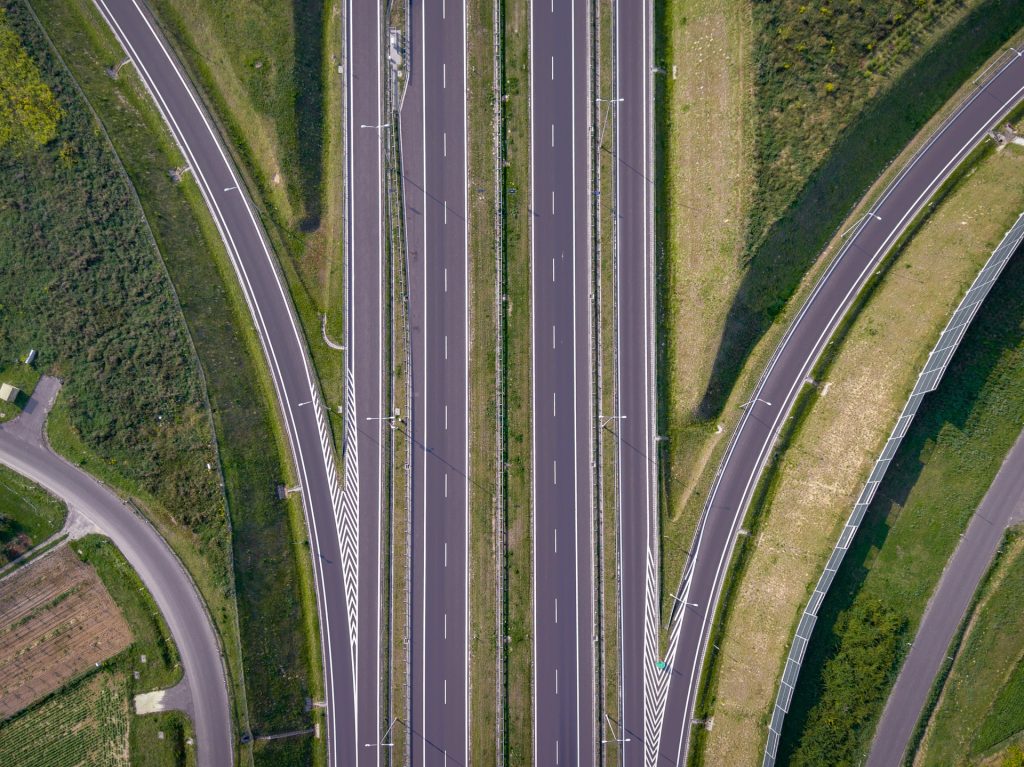The productivity, welfare and the security of people both in rural and urban areas are greatly influenced by the level of infrastructure development in their respective communities and the subsequent linkages to the centers of administration and commerce. As industries expand and economies grow, the existence of reliable road networks significantly contributes to a country’s overall GDP. Fundamentally, the development and sustainable maintenance of infrastructure is essential for economic growth. This, in part, facilitates the access of markets, mobilization of investments and resources, transportation of labor forces and greatly influences production costs across various industries. Kenya, for instance, is considered a regional leader in infrastructure development vis-à-vis its neighbors. The presence of well-tarmacked roads has facilitated neighboring countries such as Uganda and South Sudan to move their products smoothly from the port of Mombasa. In addition, the internal road network in major cities such as Nairobi and its environs has provided an opportunity for many to enjoy driving hence pushing the overall demand for cars and other ground mobility instruments. Whilst the country has benefited from rapid road infrastructure development, the adverse effects of climate change has brought to light the need to assess and revisit our road infrastructure development quality codes. Kenya’s normal weather patterns often result in minimal infrastructure damage. In fact, during the normal long rainy season, a good number of the country’s road networks remain intact while others get slightly impaired which result in minor repairs. Although this has offered some confidence in the state of our road infrastructure thus far, the recent heavy downpour in the country has swept away the country’s pride in its ‘tested and trusted infrastructure’ characteristic. The massive destruction in the country’s road infrastructure that was brought about by the floods has triggered pain and anguish for many. In cities like Nairobi, potholes, deep and shallow depressions are now a regular feature while in other towns such as those in northwestern Kenya have been temporarily cut off. The compound effect of this threatens to increase the cost of doing business and the ultimate deteriorating living standards of its inhabitants. From a global perspective, the county risks falling further behind in the road quality index which currently stands at 4.1 out of 7 and behind other African countries such as South Africa, Mauritius and Morocco.
What can be done:
Kenya and other developing countries in Sub-Saharan Africa are now considered high climate risk countries. This means that the adverse effects of climate change have the potential of triggering a humanitarian crisis. With this potential crisis in mind, stakeholders (both public and private actors) need to adequately adjust a number of policies to reflect this treat. One crucial policy that needs attention is the road infrastructure building codes. Kenya still relies on the pre-colonial codes which currently are not fit for purpose. Agencies such as the Kenya Urban Roads Authority, Kenya National Highway Authority and Kenya Rural Roads Authority under the guidance of the Ministry of Roads and Transport need to undertake extensive research on how the country can update its road development policy to include modern, climate friendly and resilient building codes. To prevent spillover effects from neighboring countries, the remodeling policy exercise can be extended to include stakeholders from the East African Community.
Lastly, learning from developed countries such as Japan, that regularly experience severe natural disasters such as hurricanes and earthquakes which ultimately lead to destruction of the existing infrastructure can offer valuable insights on how best we can undertake the rebuilding exercise for long term prosperity and readiness.


